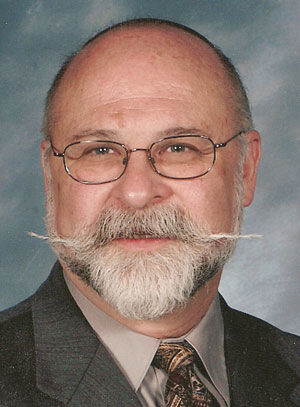Holiness as personal responsibility
Published May 4, 2016
In his most famous work, “The Dybbuk,” Shloyme Zanvl Rappoport, the Jewish Russian author who wrote under the pseudonym of S. Ansky, created a character named Rabbi Azriel, who taught the following with regard to the holy confluence of time, person, place and language that is described in this week’s Torah portion, Aharei Mot.
Every spot whereon [one] may stand and lift [one’s] eyes to Heaven becomes a Holy of Holies; every[one] whom God has created in [the Divine] image and likeness is a High Priest; every day of [one’s] life is a Day of Atonement; and every word that [one] utters with [one’s] whole heart is the Name of God. Therefore, [one’s] every sin and every injustice brings destruction upon the world.
In biblical and Temple times, the High Priest (the holiest person) stepped into the Holy of Holies (the holiest place) on Yom Kippur (the holiest day) and uttered the four-letter Name of God (the holiest word) as an important and integral part of the process of seeking forgiveness for his own, his family’s and the people’s sins on the Day of Atonement. With the destruction of the Temple, the High Priest ceased even to be elected, let alone to function. The Holy of Holies was destroyed and no longer a sanctuary. With the destruction of the Temple also went any utterance of the four-letter Name of God. Yom Kippur alone remains as part of the High Holy Day season.
Judaism’s survival was dependent upon discovering a new way to commune with God and with fellow Jews in a post-destruction world. Prior to the building of the Temple, offerings were made at various local shrines; it was a decentralized system. The building of the Temple in the capital city of Jerusalem centralized every aspect of Jewish life. With its destruction, it was time to decentralize once again to allow for Jewish communities the world over to remain in communion with God and each other.
The quest for holiness involved offering the prayers of one’s heart instead of one’s material possessions, the concept of “a nation of priests and a holy people” in place of the priesthood, the synagogue and home as sanctuaries in place of the Temple. The sacredness of place and individual was expanded. The sacredness of language and time only remained.
Holiness, as a result, is much more accessible but also more a matter of personal responsibility. It is much more difficult to offer sincere prayer than to offer an animal, grain, oil or incense. Prayer is very personal, even while one is praying with a community. To become “a nation of priests and a holy nation” places much more responsibility on each Jew to act in such a manner as to reflect that high office without the advantage of a single individual who would assume that discipline.
Treating every word as if it were as holy as the four-letter Name of God means that one reflects very seriously on what one says, ascertaining whether that word is right for that time and situation. Words can elevate, and words can deflate. And being human, we are aware that we are not perfect, that we sin, transgress, err and do wrong. Being able to take responsibility for those actions, words and thoughts as they occur can aid in keeping the members of the community closer together. Why wait for Yom Kippur, when atonement can be made and accepted on a daily basis?
The fictional Rabbi Azriel had it right. Every place can be infused with holiness. Each person has the potential to be holy. Each day of a life filled with purpose and meaning can be a holy day. Each word uttered with the proper intention is as holy as the four-letter Name of God.














